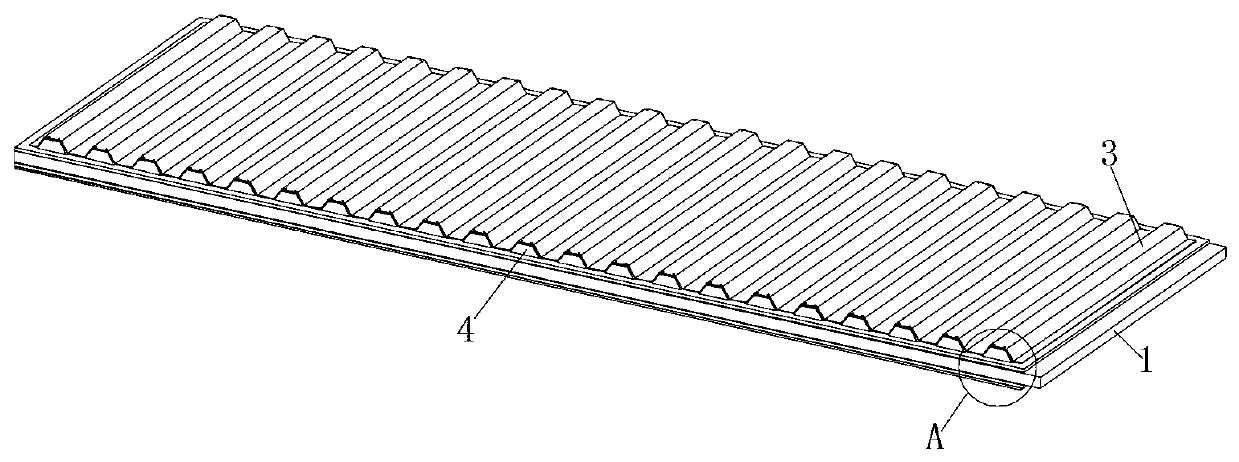Forming process of conveyor belt
A molding process and conveyor belt technology, applied in belts, other household appliances, household appliances, etc., can solve the problems of heat resistance, increased traction, waste, etc., and achieve the effect of not easy to slip, improve service life, and save financial resources.
- Summary
- Abstract
- Description
- Claims
- Application Information
AI Technical Summary
Problems solved by technology
Method used
Image
Examples
Embodiment Construction
[0028] The following will clearly and completely describe the technical solutions in the embodiments of the present invention with reference to the accompanying drawings in the embodiments of the present invention. Obviously, the described embodiments are only some, not all, embodiments of the present invention. Based on the embodiments of the present invention, all other embodiments obtained by persons of ordinary skill in the art without making creative efforts belong to the protection scope of the present invention.
[0029] see Figure 1-2 , a forming process of a conveyor belt in the illustration, which specifically includes the following steps:
[0030] S1: Mixing of raw materials, mixing and processing of resin rubber and other raw materials;
[0031] S2: Parking, after the lower auxiliary machine of the internal mixer or the open mill completes the sheet production, the belt core 1 is formed, and sent to the warehouse for stacking, and stored for a period of time, and...
PUM
| Property | Measurement | Unit |
|---|---|---|
| thickness | aaaaa | aaaaa |
Abstract
Description
Claims
Application Information
 Login to View More
Login to View More - R&D
- Intellectual Property
- Life Sciences
- Materials
- Tech Scout
- Unparalleled Data Quality
- Higher Quality Content
- 60% Fewer Hallucinations
Browse by: Latest US Patents, China's latest patents, Technical Efficacy Thesaurus, Application Domain, Technology Topic, Popular Technical Reports.
© 2025 PatSnap. All rights reserved.Legal|Privacy policy|Modern Slavery Act Transparency Statement|Sitemap|About US| Contact US: help@patsnap.com


